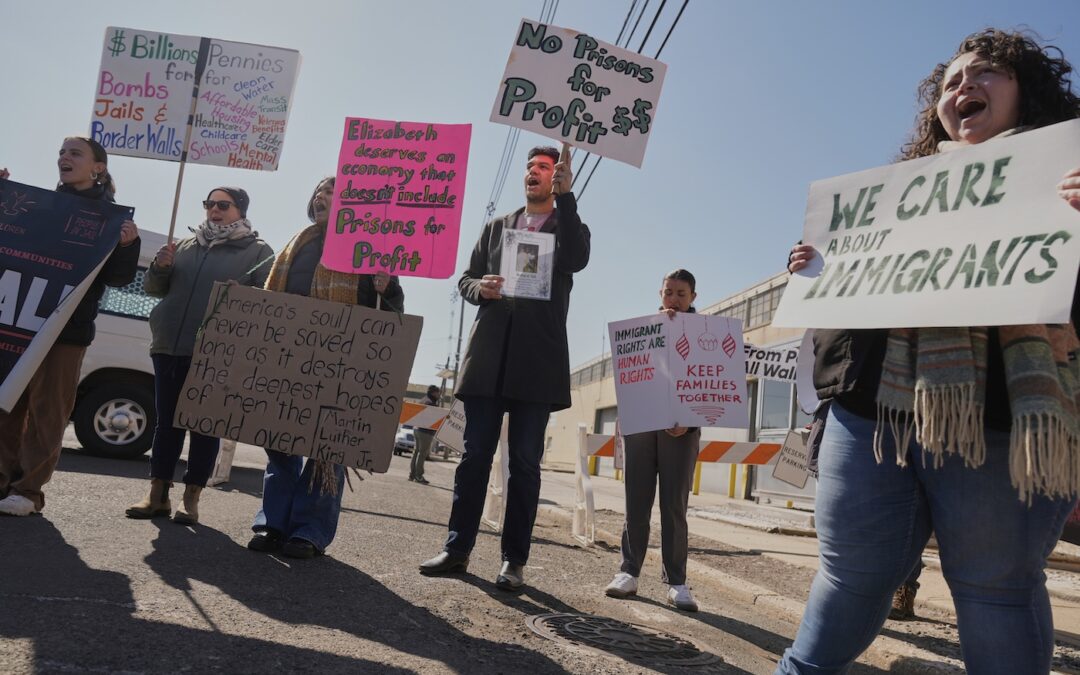
(Janina Steinmetz/DigitalVision/Getty Images)
Book bans often target the stories about people we don’t regularly see in our communities and daily lives.
[Editor’s Note: Author Laura Anne Bird is a regular contributor to the UpNorthNews radio show “Mornings with Pat Kreitlow,” heard weekdays 6-9am on the Civic Media radio network.]
The school year is underway, which means a new slew of books will be challenged and banned in school libraries across the country, including Wisconsin.
The issue of book censoring might feel overwhelming, but if we start with the basics, we can better understand what’s at stake so we can help keep books in the hands of the students, adults, and communities who need them. It is, after all, our First Amendment right to read what we want.
Are book bans a new trend?
Book banning has been a part of American society for a very long time. Harriet Beecher Stowe’s Uncle Tom’s Cabin, for instance, was banned (and even burned) in 1851 because it depicted the horrors of slavery.
If it feels like book banning has become especially bad lately, you aren’t imagining that. The American Library Association reports that there was a record-breaking number of attempts to ban books in schools and libraries in 2023, up 65% from 2022, which itself was a record-breaking year.
What is the difference between book challenging and book banning?
You might hear these terms used interchangeably, but they are different. A book challenge is an attempt to remove, restrict, or relocate materials, based upon the objections of a person or a group. A book ban is the actual removal of materials.

Lest you think book challenges aren’t so bad, in many instances, school districts are forced to pull books off the shelves until their fate is determined. This means that access to certain titles is still hindered.
EARLIER: Wisconsin state superintendent: students should have the ‘freedom to read’
Who is challenging books?
According to research from the EveryLibrary Institute, most people in the United States do not want books to be banned. Specifically, 92% of parents, grandparents, and guardians trust librarians to curate appropriate books and materials for their children.
Book challenges come from a small but vocal minority, which includes parents, community members, school administration, groups like Moms for Liberty, and government officials. These challenges happen at the local level, primarily in connection with public schools, although in recent years, public libraries have seen a significant increase in book bans, too. (The American Library Association found that nearly half the book challenges it tracked between January and August of 2023 took place in public libraries, up from 16% percent during the same period in 2022.)
School and public libraries have their own processes by which they handle complaints about books, so the way that challenges are managed will depend on where you live.
It’s important to remember that all libraries follow their own content development policies when adding titles to their shelves, so books are not purchased in a vacuum. Moreover, librarians are formally trained to know which titles are relevant, engaging, and appropriate for readers. They are capable of purchasing as well as shelving books in the right places, which means, for example, if you’re taking your child to the library to read Dr. Seuss, you won’t stumble upon a book about sexuality for teenagers.
What’s happening in Wisconsin?
PEN America tracked book bans in public school districts from July 2021 to June 2023, recording 5,894 instances across 41 states and 247 public school districts.
Florida and Texas had the most book bans, with 1,972 and 1,426, respectively. Wisconsin had 72, which might not seem terrible, but in comparison, our friendly neighbor to the south, Illinois, had only five and, in 2023, became the first state to pass an anti-book ban law.
In 2024, Wisconsin legislators introduced multiple bills that would have restricted students’ access to materials, but they were not successfully passed. The question of whether states should weigh in on the issue of book banning seems to be more hotly contested with every legislative session, so this is something to keep an eye on.
What books are challenged and banned?
Typically, the books most under attack feature characters of color or LGBTQ+ backgrounds, center on themes or ideas around race and/or matters of sexuality, contain what book banners deem “offensive language,” and confront “uncomfortable topics” like sexual wellbeing, violence, abuse, grief, and death.
From year to year, the majority of banned books (58%) are Young Adult (YA) titles, which are written for 13–18-year-olds. This is not surprising since YA books often tackle weighty themes around self-identity, sexuality, relationships, and personal growth. They help readers create a roadmap for what is important to them and how they can find the courage to be themselves and speak up for what they believe. YA titles can even be lifesaving.
The most frequently banned book nationwide is Gender Queer by Maia Kobabe, a memoir about gender identity and sexuality. Other frequently banned titles include The Hate U Give by Angie Thomas (a novel about a Black teenager who witnesses a police shooting), The Kite Runner by Khaled Hosseini (a novel about two young men growing up in Afghanistan during the Soviet invasion and rise of the Taliban), and The Diary of a Young Girl by Anne Frank, Frank’s real-life account of going into hiding with her Jewish family in the Netherlands during the Nazi occupation.
Stories have tremendous power to help readers build compassion and overcome prejudice, and I believe we need more books (not fewer) about people on the margins. When we deem certain voices as “dangerous” or “un-American,” we are communicating that some experiences are allowed to be normalized while others aren’t, and that is detrimental to all of us.
For more information, check out these resources
There are many organizations working hard to champion access to books and protect free expression, which is reassuring, because we all suffer when the freedom to read is challenged and taken away.
As an author and champion of public libraries, I refer to a handful of websites for information, including PEN America, Authors Against Book Bans, American Booksellers Association, American Library Association, and EveryLibrary. Check them out to learn more about their advocacy work and how you can get involved.

Republicans pass bill to micromanage county sheriffs on immigration enforcement
The Assembly passes a bill to boost President Trump’s plan of stepped-up racial profiling, despite the risks of errant arrests and silencing crime...

Eau Claire City Council president is considering run for Congress, as a two-time former candidate also jumps in
Emily Berge may want to tap into anger that US Rep. Derrick Van Orden is ignoring the Chippewa Valley, while 2024 nominee Rebecca Cooke is also...

Ho-Chunk president blasts Trump over executive orders
The Ho-Chunk Nation President, John Greendeer, isn't being quiet about his alarm over President Donald Trump's "onslaught of Executive Orders." He...

Opinion: Firing a Milwaukee meteorologist for criticizing a Nazi salute is only one of many media red flags
But if “watch your language” is the only thing you take away from the incident at CBS 58, you’ve only learned half the lesson. Watch your words,...





